Lab’s Semester Gathering
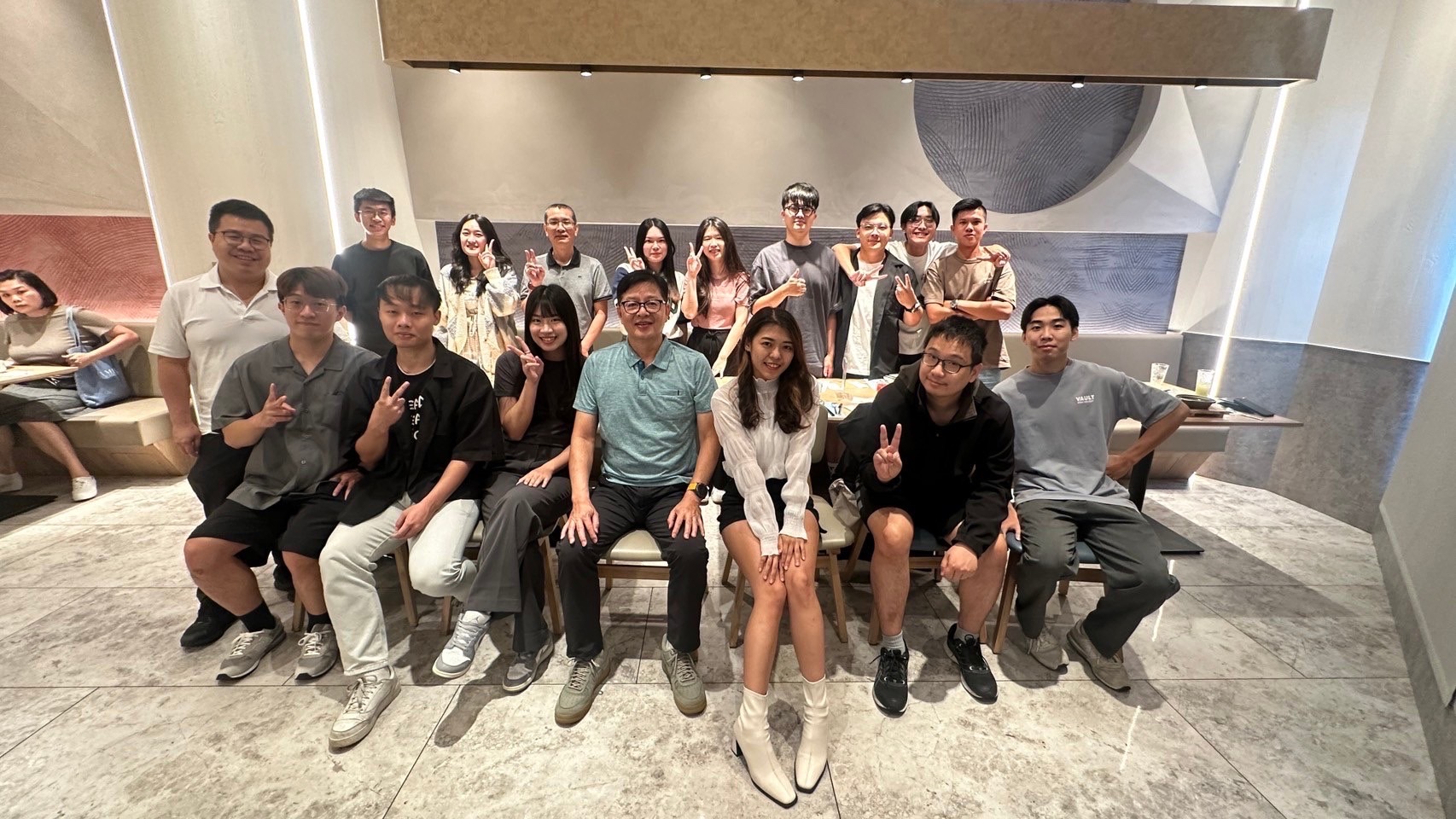
The laboratory’s semester gathering at ‘Eatogether’ restaurant. To celebrate the graduation of our seniors and to wish our juniors all the best in their future endeavors. Let’s enjoy our time together to the fullest.
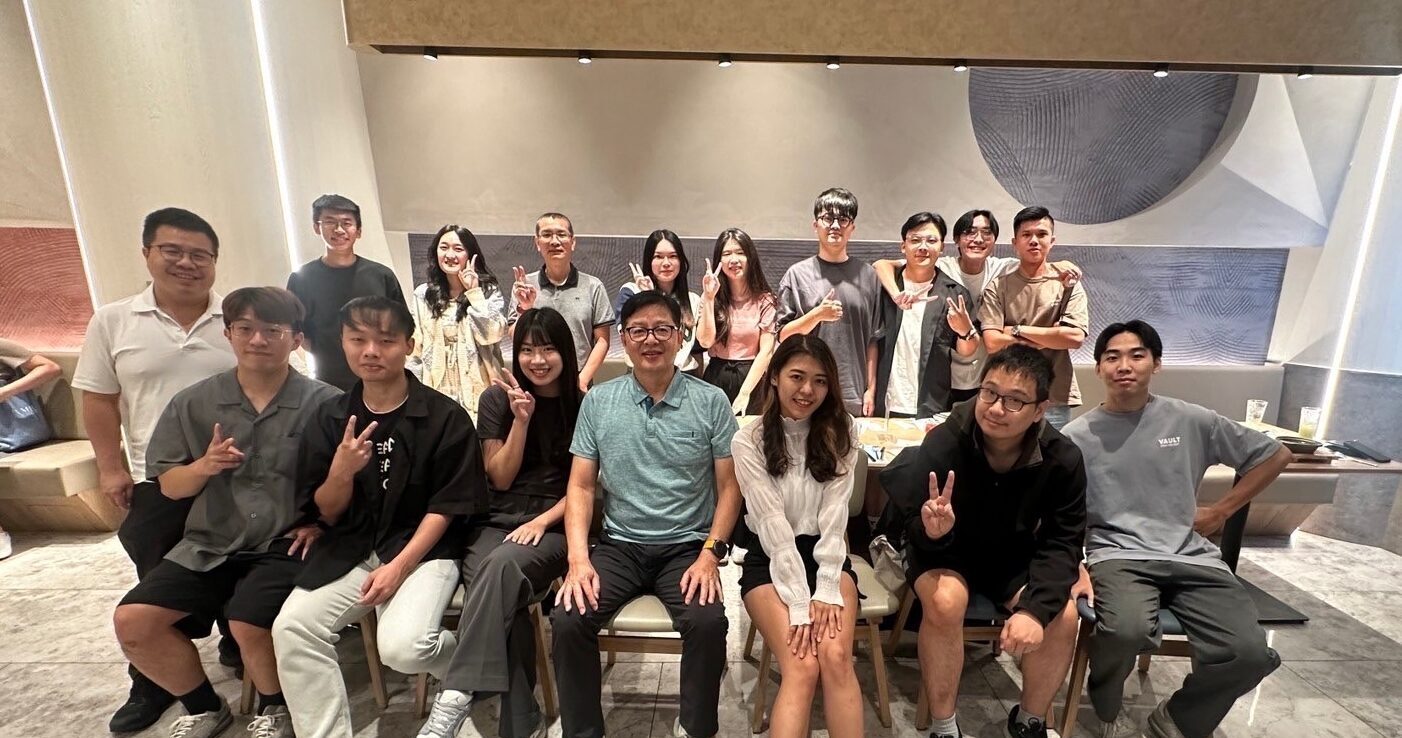

The laboratory’s semester gathering at ‘Eatogether’ restaurant. To celebrate the graduation of our seniors and to wish our juniors all the best in their future endeavors. Let’s enjoy our time together to the fullest.
Congratulations to Dr. Meng-Hsiun Tsai on being elected as the 9th Head of the Department of Information Management Systems at National Chung Hsing University! All members of the Precision Medicine & Clinical Translational Research Lab extend their congratulations!
Congratulations! Dr. Meng-Hsiun Tsai Appointed as the Chief Advisor of the Taiwan Innovation and Invention Exchange Association (TIIEA). During the term, Dr. Tsai will continue to actively promote cross-strait technological innovation and invention, facilitate exchanges among inventors from both Taiwan and China, and periodically organize scientific and technological conferences (academic forums).
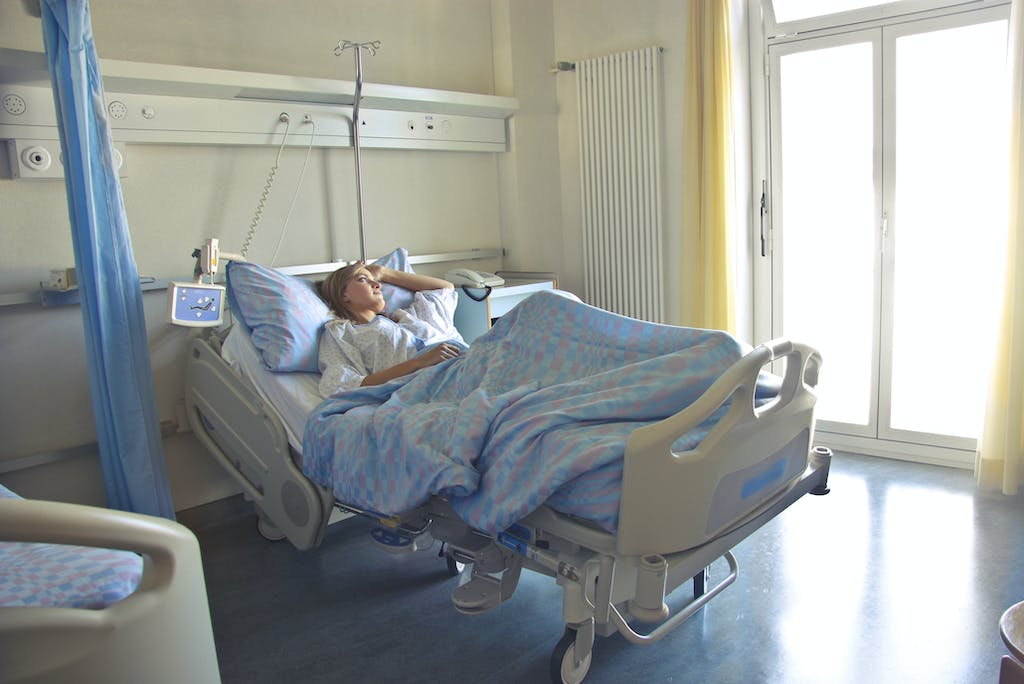
Lab Conducts a collaborative research project with Changhua Christian Hospital to predict the prognosis and healthcare consumption of hospitalized trauma patients. The project introduces deep learning for predicting in-hospital mortality and length of stay for patients. Therefore, it contributes to predicting the prognosis and healthcare consumption of hospitalized trauma patients, ultimately enhancing the quality of…

Congratulations to the professor on being appointed as a Distinguished Professor with a lifetime appointment at National Chung Hsing University! This prestigious recognition is a testament to the professor’s outstanding contributions to academia, research, and the university community.
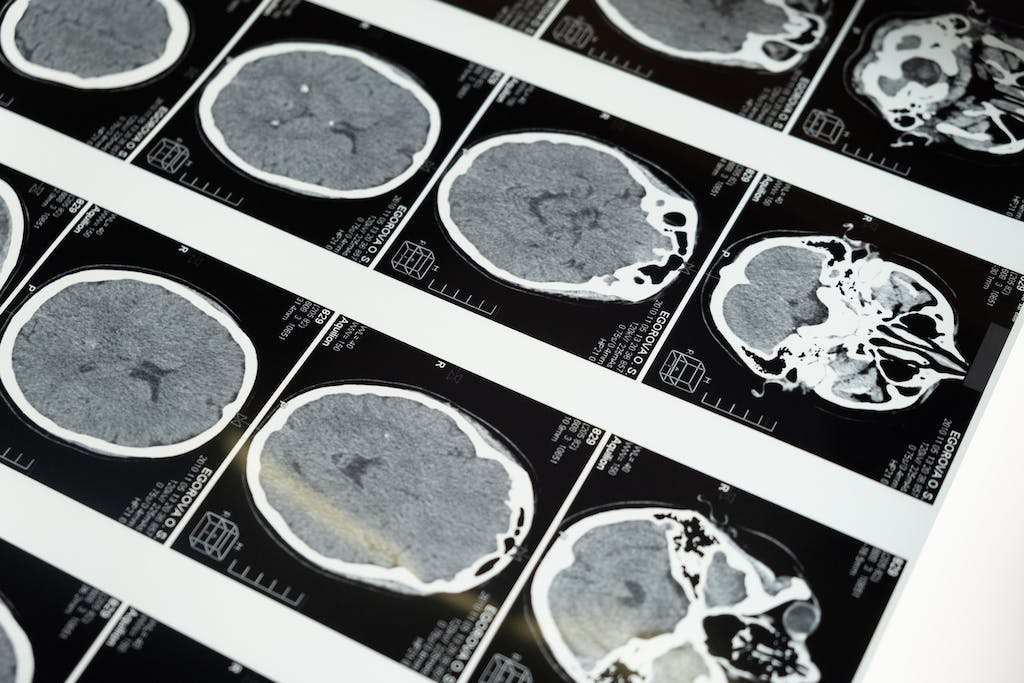
Lab conducts a collaborative research project with Taichung Veterans General Hospital to predict progression-free survival in brain tumor patients. The laboratory plans to collaborate with physicians to construct a brain tumor image segmentation model to assist in the early detection and diagnosis of tumors.
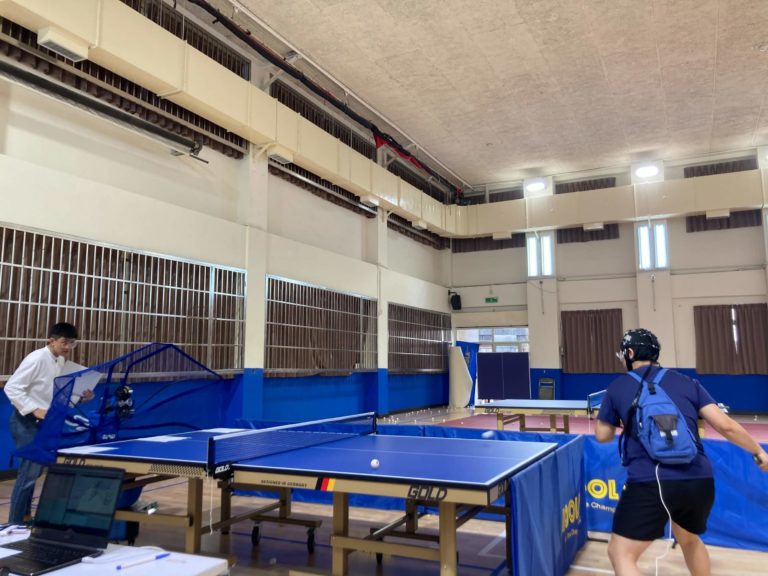
Congratulations on the remarkable achievement! Lab’s Smart System for Stress Detection in Table Tennis Athletes Win the Gold Medal Award at the 2023 World Invention Innovation Contest (WiC) in Seoul, Korea.